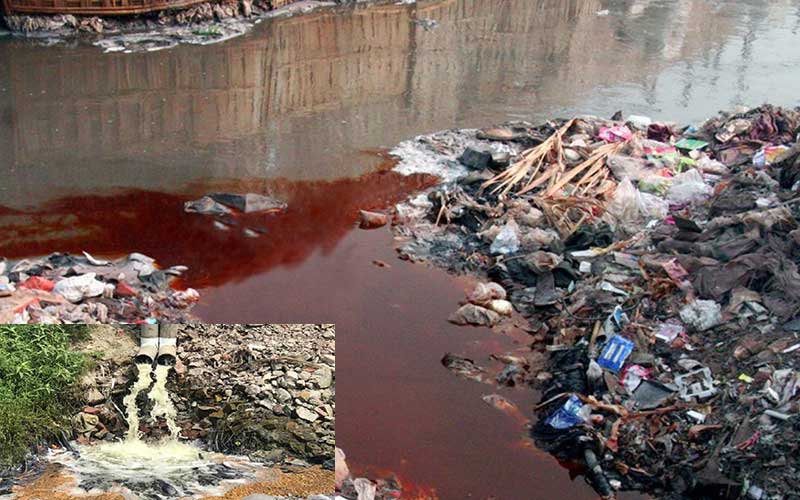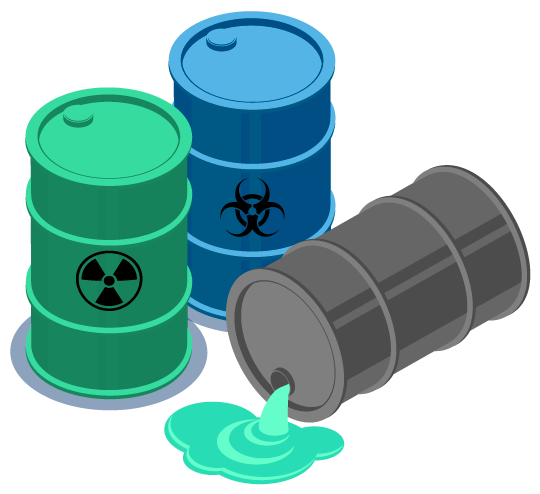Specialist Liquid Waste Removal Melbourne: Maintaining Your Environment Clean
Specialist Liquid Waste Removal Melbourne: Maintaining Your Environment Clean
Blog Article
How Fluid Garbage Disposal Works: An In-depth Introduction of Methods and Technologies Employed

Review of Fluid Waste Types
The complexity of fluid waste types requires a complete understanding of their qualities and implications for disposal. Liquid waste can generally be categorized right into several kinds, consisting of industrial, municipal, farming, and contaminated materials. Each group exhibits unique residential or commercial properties, calling for particular administration techniques to minimize environmental and wellness threats.
Industrial liquid waste originates from making processes and usually includes a variety of impurities, such as heavy metals, solvents, and natural compounds. Metropolitan liquid waste, mainly consisting of wastewater from homes and industrial establishments, includes organic matter, nutrients, and virus (industrial wastewater treatment). Agricultural fluid waste, consisting of runoff from ranches, may consist of fertilizers, chemicals, and pet waste, posing dangers to water high quality and ecological communities
Dangerous liquid waste is identified by its poisoning, reactivity, or potential to cause injury. Comprehending these diverse liquid waste types is important for establishing effective disposal techniques and making certain conformity with ecological guidelines.
Physical Treatment Methods

Testing is the preliminary action, where bigger bits and particles are gotten rid of from the fluid waste utilizing screens or grates. In sedimentation tanks, larger fragments clear up at the bottom, forming a sludge layer, while the made clear liquid can be more treated.
Purification is an additional essential technique that includes passing the fluid via permeable products, such as sand or membrane layers, to catch smaller bits. This step improves the quality of the fluid, making it suitable for succeeding treatment procedures.

Chemical Treatment Methods
Chemical therapy strategies are important for successfully taking care of fluid waste, particularly in addressing dissolved and colloidal pollutants that physical approaches might not properly eliminate. These techniques make use of numerous chemical representatives to counteract, speed up, or transform harmful compounds into less damaging types.
One typical method is coagulation and flocculation, where chemicals such as alum or ferric chloride are contributed to promote the gathering of put on hold fragments. This procedure improves sedimentation, enabling simpler removal of the resulting sludge. Additionally, oxidation processes, employing representatives like chlorine or ozone, are used to damage down complicated organic compounds and pathogens, providing the waste safer for discharge or further therapy.
Neutralization is an additional try this web-site important method, which changes the pH of acidic or alkaline waste streams to neutral levels, stopping potential harm to downstream systems and the environment. In addition, progressed oxidation procedures (AOPs) make use of combinations of oxidants and ultraviolet light to deteriorate consistent pollutants, accomplishing a higher degree of treatment efficiency.
Organic Treatment Processes
Organic treatment procedures play a critical function in the management of liquid waste by utilizing bacteria to break down natural issue and lower pollutant degrees. These processes can be generally categorized right into anaerobic and cardiovascular therapies, each utilizing details microbial neighborhoods to attain effective waste destruction.
Aerobic therapy includes making use of oxygen to assist in the breakdown of organic products by microorganisms. This process is generally executed in activated sludge systems, where oygenation tanks give a conducive atmosphere for microbial development, resulting in the oxidation of natural pollutants. The resultant biomass can be divided from treated effluent with sedimentation.
In contrast, anaerobic treatment takes place in the absence of oxygen, counting on various germs to break down raw material. This approach is particularly helpful for high-strength waste, as it produces biogas, a renewable resource source, while decreasing sludge production. Technologies such as anaerobic digesters are regularly used in municipal and commercial applications.
Both anaerobic and cardiovascular organic therapies not only lessen the ecological effect of liquid waste however likewise assist in source healing, making them necessary parts of lasting waste administration methods. Their effectiveness, efficiency, and adaptability sustain their extensive implementation throughout different industries.
Emerging Technologies in Disposal
Cutting-edge techniques to liquid garbage disposal are quickly progressing, driven by developments in technology and an increasing focus on sustainability. Among these arising technologies, membrane layer this post bioreactors (MBRs) have obtained traction for their capacity to integrate organic treatment with membrane layer filtration, causing top notch effluent that can be reused in numerous applications. MBRs allow smaller sized footprints and extra efficient procedures contrasted to standard systems.
Another appealing growth is using anaerobic food digestion integrated with nutrient recuperation innovations, which not just deals with liquid waste however also produces biogas and recovers valuable nutrients like nitrogen and phosphorus. This twin benefit boosts resource efficiency and lowers environmental impact.
Furthermore, progressed oxidation processes (AOPs) are being embraced for the degradation of complicated natural contaminants. These approaches make use of powerful oxidants and catalysts to break down pollutants at the molecular degree, supplying a very effective service for difficult waste streams.
Additionally, the assimilation of expert system and artificial intelligence in waste administration systems is enhancing operational effectiveness and predictive maintenance, resulting in decreased expenses and enhanced environmental compliance. These technologies reflect a significant change in the direction of even more efficient and sustainable liquid waste disposal techniques.
Verdict
In verdict, reliable liquid waste disposal necessitates an extensive understanding of various strategies and modern technologies. The combination of physical, chemical, and biological treatment approaches makes sure the effective management of varied waste types. Additionally, the emergence of cutting-edge innovations enhances therapy effectiveness and promotes sustainability in waste monitoring methods. By continuously progressing these techniques, it ends up being possible to attend to the growing challenges linked with liquid waste, inevitably adding to environmental defense and resource recovery.
Liquid waste disposal is a critical facet of environmental management, calling for a comprehensive understanding of different strategies useful content and technologies customized to various waste types. Liquid waste can extensively be classified right into numerous kinds, including industrial, local, farming, and hazardous waste. Agricultural liquid waste, including overflow from ranches, might contain fertilizers, pesticides, and animal waste, presenting threats to water top quality and communities.
Different physical therapy approaches play a critical role in handling liquid waste successfully - industrial wastewater treatment.In final thought, reliable fluid waste disposal demands a thorough understanding of numerous strategies and technologies
Report this page